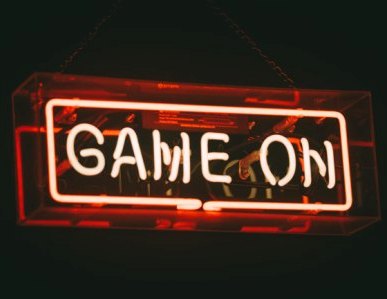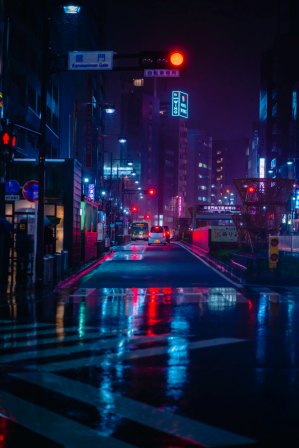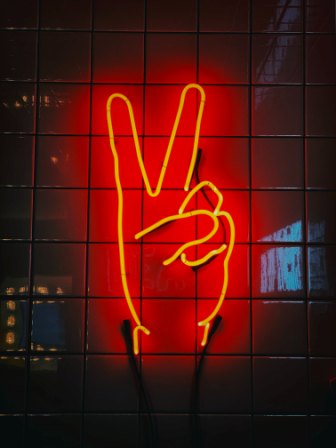 The 1980s were a decade of exuberance, marked by bold colors, new technologies, and a cultural shift that left an indelible mark on American art. The Neon 80s, characterized by vibrant palettes, eye-popping neon hues, and a distinct sense of dynamism, transformed the landscape of contemporary art. In this article, we will explore the Neon 80s, a radiant revolution that swept through American art during this electrifying era.
The 1980s were a decade of exuberance, marked by bold colors, new technologies, and a cultural shift that left an indelible mark on American art. The Neon 80s, characterized by vibrant palettes, eye-popping neon hues, and a distinct sense of dynamism, transformed the landscape of contemporary art. In this article, we will explore the Neon 80s, a radiant revolution that swept through American art during this electrifying era.
The Neon Revolution
The 1980s were a period of immense transformation and innovation in the world of American art. It was a time when artists were eager to break free from traditional norms and embrace new mediums, and neon emerged as one of the most exciting and innovative tools of artistic expression.
A Pop Culture Aesthetic
The Neon 80s were undeniably influenced by the pop culture of the era. This was a time when movies like “Blade Runner” and “Tron” showcased neon-drenched, futuristic landscapes. Music videos, particularly those of artists like Madonna and Michael Jackson, incorporated neon lighting and edgy visuals, further cementing the aesthetic in the collective imagination.
Neon as an Artistic Medium
Neon, typically associated with signage and advertising, made its way into the realm of fine art. Artists in the Neon 80s began to experiment with neon as a medium for creating contemporary works that embraced both traditional artistic principles and the cutting-edge technology of the time. Sculptures, installations, and even paintings began to feature neon lights as an integral element.
A Bold Visual Language

The Neon 80s brought forth a bold visual language characterized by stark contrasts, intense colors, and a sense of luminosity that was previously unseen in art. Artists like Keith Haring and Jenny Holzer used neon to convey powerful messages and statements. Haring’s iconic Radiant Baby and Holzer’s mesmerizing text-based works harnessed the electrifying potential of neon to capture the spirit of the times.
Interactive and Conceptual Art
Neon art was not just about aesthetics; it was often interactive and conceptual. Artists like Dan Flavin used neon to explore light itself, playing with its transformative properties. The Neon 80s brought an emphasis on the interplay of light and space, encouraging viewers to actively engage with the art, challenging conventional boundaries.
Neon as a Reflection of Society
The Neon 80s were not just about visual spectacle; they often conveyed deep socio-political messages. Neon art could be a commentary on consumerism, technology, or the human condition. For example, Jenny Holzer’s “Truisms” series used neon to present thought-provoking and sometimes confrontational statements about society and individual identity.
A Lasting Legacy
 The Neon 80s left a lasting legacy in American art. The vibrant and dynamic aesthetic of the era continues to influence contemporary artists. Neon has become a powerful tool for creating immersive experiences in galleries and public spaces. The visual language of the Neon 80s, with its bold colors and striking contrasts, has found its place in the ever-evolving tapestry of American art.
The Neon 80s left a lasting legacy in American art. The vibrant and dynamic aesthetic of the era continues to influence contemporary artists. Neon has become a powerful tool for creating immersive experiences in galleries and public spaces. The visual language of the Neon 80s, with its bold colors and striking contrasts, has found its place in the ever-evolving tapestry of American art.
In conclusion, the Neon 80s were a radiant revolution in American art, characterized by bold, luminous aesthetics and an embrace of technology. This era brought forth a dynamic shift in artistic expression, and neon, as both medium and message, captured the spirit of an exuberant and transformative decade. The Neon 80s continue to inspire artists and captivate audiences, leaving a luminous imprint on the landscape of American contemporary art.
